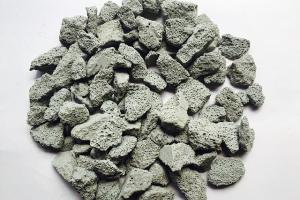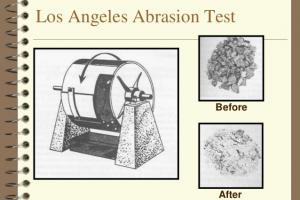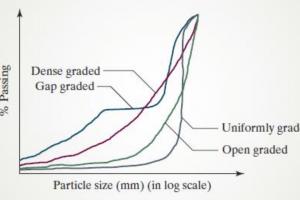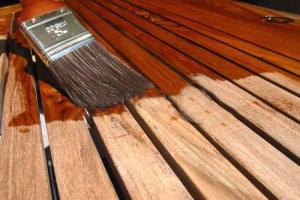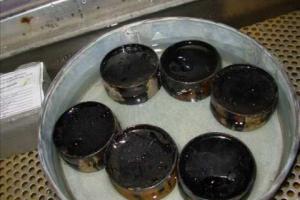Properties of Paints & Tests Applied on Paints

Properties of Paints
Paints are complex mixtures of various components that provide color, protection, and aesthetic appeal to surfaces. The properties of paints can vary depending on their formulation, intended use, and the specific requirements of the application. Here are some common properties of paints:
Color and Appearance:
Paints are available in a wide range of colors and can be formulated to provide different finishes, such as matte, satin, semi-gloss, or gloss. The color and appearance of the paint contribute to the visual appeal of the coated surface.
Adhesion:
Paints should have good adhesion to the surface they are applied to ensure a long-lasting bond. Adhesion is crucial for preventing peeling, blistering, or flaking of the paint film.
Durability:
Paints should be durable and resistant to wear, weathering, and chemical exposure. They should be able to withstand environmental factors, such as sunlight, moisture, temperature changes, and abrasion, without significant degradation.
Coverage:
Paints should have good coverage properties, meaning they can effectively cover the surface with a uniform layer of paint, hiding the underlying color or imperfections. The coverage of paint is influenced by its opacity, pigment concentration, and application method.
Drying Time:
Paints should have an appropriate drying time to allow for proper application and curing. The drying time can vary depending on factors such as paint formulation, ambient conditions (temperature and humidity), and the thickness of the applied paint.
Flexibility:
Paints applied on flexible surfaces, such as wood or certain plastics, should have good flexibility to accommodate the expansion and contraction of the substrate without cracking or peeling.
Washability:
Some paints, particularly those used in high-traffic areas or environments prone to staining, should have good washability. This property allows the paint to be easily cleaned without affecting its color or finish.
Environmental Impact:
Increasingly, there is a focus on using paints with lower VOC (volatile organic compounds) content and reduced environmental impact. Low VOC paints emit fewer harmful substances into the air during and after application.
Safety:
Paints should meet safety standards and regulations, ensuring that they are not hazardous to human health during application, drying, or when the coated surface is in use. This includes considerations such as low toxicity and flammability.
It's important to note that different types of paints, such as interior paints, exterior paints, automotive paints, or industrial coatings, can have specific additional properties tailored for their intended applications. The specific formulation and additives used in each paint can further influence its properties.
Tests on Paints
-
Important buildings were once designed and put together by master masons who knew how to work with stone and understood the advantages and limitations of the material. The stone structure should be a combination of structural firmness, technical commodity, and aesthetic delight.
-
Ensure proper wall construction. The wall thickness should not exceed 450mm.
-
Round stone boulders should not be used in the construction! Instead, the stones should be shaped using chisels and hammers.
-
The use of mud mortar should be avoided in higher seismic zones. Instead, cement-sand mortar should be 1:6 (or richer) and lime-sand mortar 1:3 (or richer) should be used.
-
Ensure proper bond in masonry courses: The masonry walls should be built in construction lifts not exceeding 600mm.
-
Through-stones (each extending over the full thickness of the wall) or a pair of overlapping bond stones (each extending over at least ¾ the thickness of the wall) must be used every 600mm along the height and at a maximum spacing of 1.2m along the length.
-
The stone masonry dwellings must have horizontal bands roof and gable bands). These bands can be constructed out of wood or reinforced concrete, and chosen based on economy. It is important to provide at least one band (either lintel band or roof band) in stone masonry construction.
-
Care should be taken to ensure that the fixing method adopted for the construction is appropriate to the type of stone being used.
The energy needed to collapse a structure comes from the structure itself. The high frequencies can cause high vertical inter-stone vibrations that result in irreversible relative displacements of the stones, which is mainly due to the non-required shape of the stones, thus stone walls mainly crumble under their weight.



